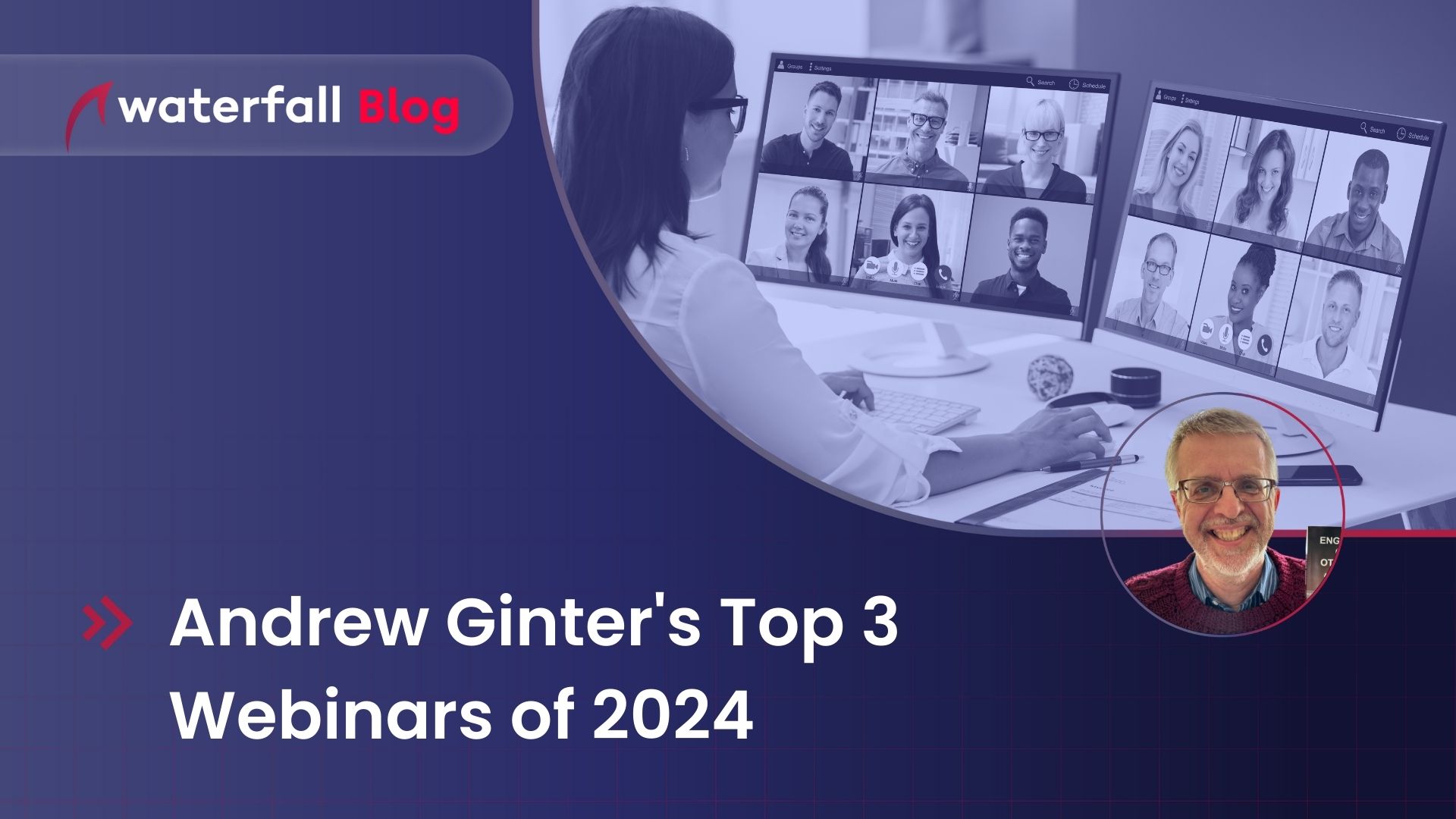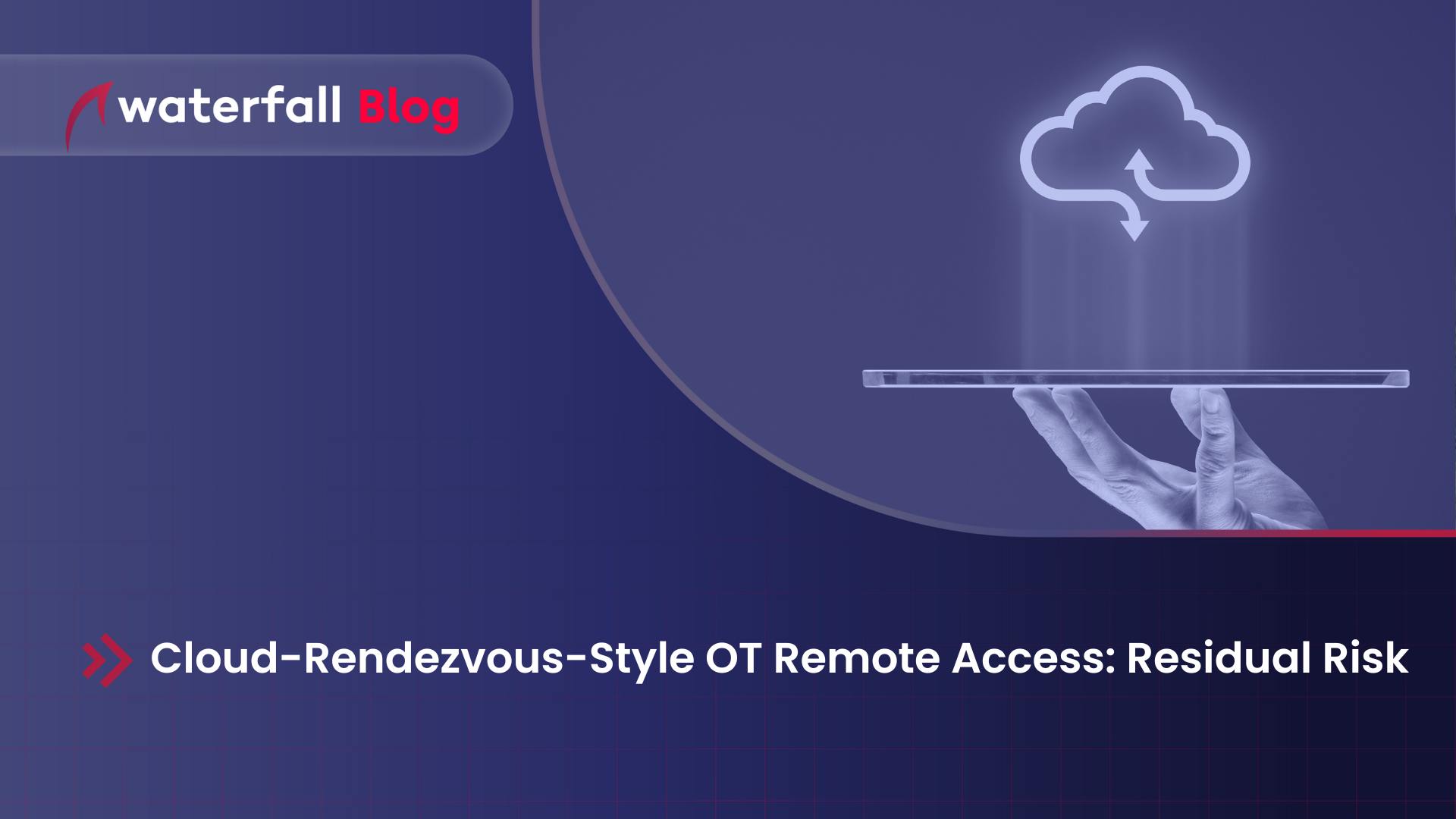
Analyzing Recent NIS2 Regulations – OT security is changing
One EU nation after another is releasing new regulations for their energy infrastructures to comply with the NIS2 directive. Jørgen Hartig of SecuriOT in Denmark joins us to look at the recent Danish, Norwegian, Finnish and other rules.








